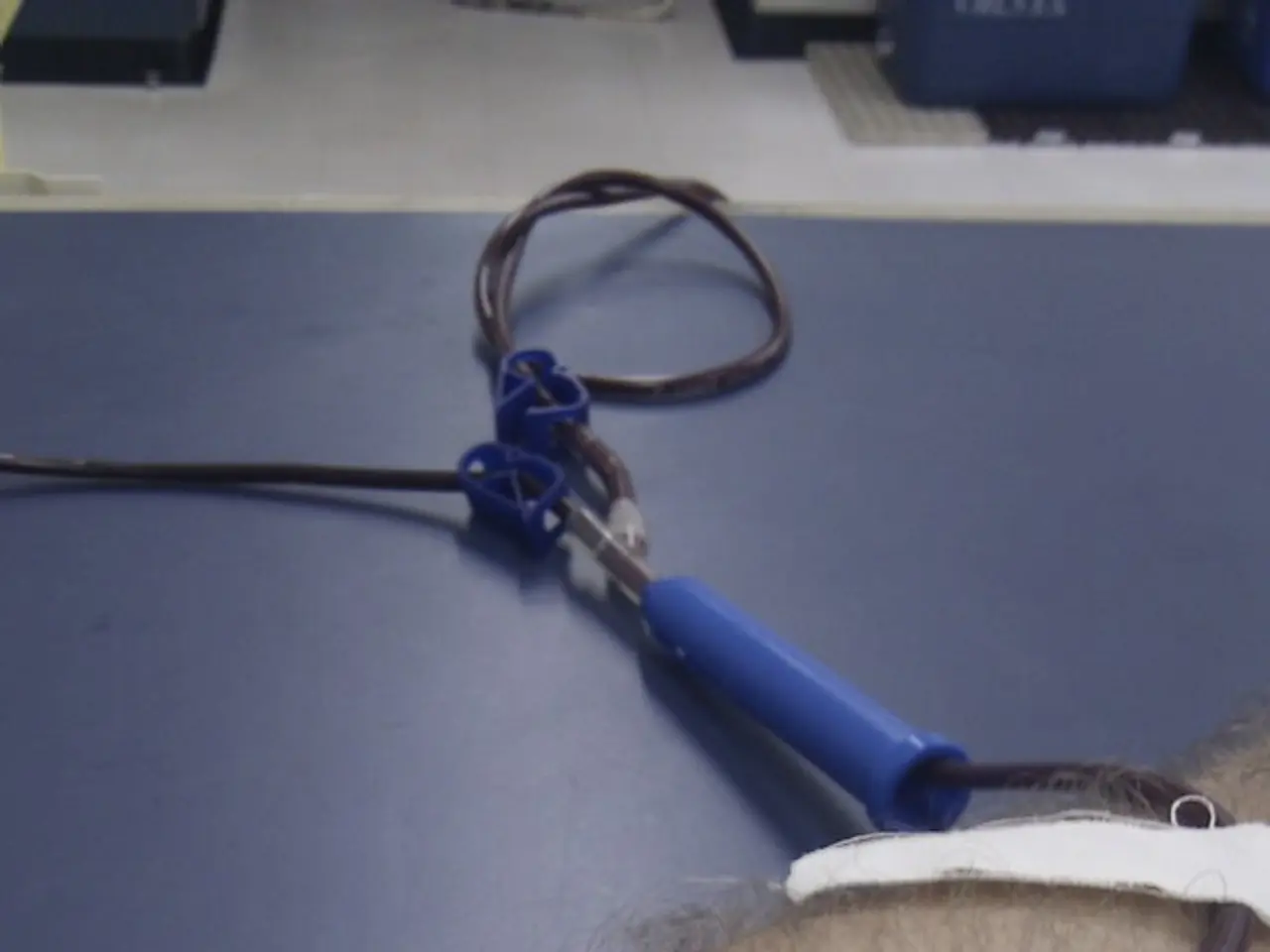Sigmoid Artery Thrombosis: Causes, Risks, and Treatments
Sigmoid arteries, typically two in number, can sometimes vary. These vessels, located behind the peritoneum and running downwards and leftwards, play a crucial role in supplying blood to parts of the colon. However, thrombosis, or blood clots, can pose a threat by damaging these arteries and blocking blood flow.
The sigmoid arteries are accompanied by several important structures. Behind them lie the internal spermatic vessels, ureter, and Psoas major muscle. When it comes to thrombosis treatment related to blood supply to the intestine, the inferior mesenteric artery and its branches are often the most affected vessels.
Catheter-directed thrombolysis is a common approach to treat thrombosis in the sigmoid arteries. This procedure involves inserting a catheter into the affected vessel to deliver medication that breaks down and dissolves the blood clot.
The sigmoid arteries, despite their variability in number, are vital for the health of the iliac colon, pelvic colon, and descending colon. Thrombosis can disrupt their function, but treatments like catheter-directed thrombolysis can help restore blood flow and maintain the health of these colon segments.






